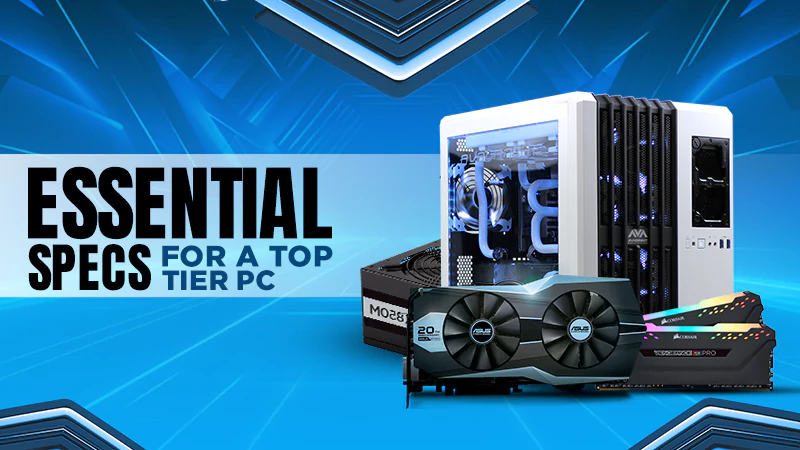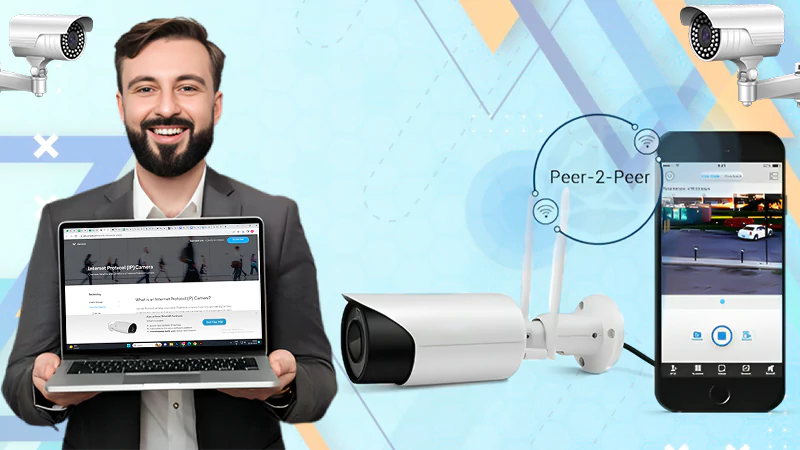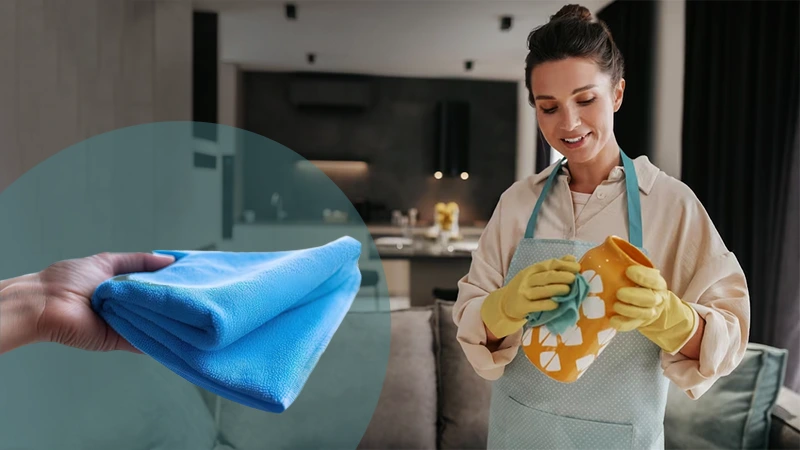Everything You Need to Know About Dual Cameras
If you’ve ever wanted to know how dual cameras work, want to try them out for yourself, or just want some basic information about the devices on your smartphone or other camera-toting devices, then you’re in the right place! Dual cameras have been popping up on more and more phones lately and there is no shortage of ways to explain what they are and how they operate. In this article, we will explore what dual cameras are all about. If you’re looking to invest in a dual camera, you can check out this dual camera harness from HoldFast Gear.
What are Dual Cameras?
Using two separate lenses to capture the same image has been around for a while. Perhaps your 35mm film camera had a telephoto lens. Maybe you used the macro setting on your phone or regular digital camera before. What is new is using two separate lenses and sensors to capture the same image from two different angles and then stitching them together to create an ultra-high-quality photo or video with a great depth of field effect (a lot of background blur).
In general, cameras have three components. There is the lens and sensor and there is a processor which controls all of those components. Each time you take a picture, the camera needs to focus, assess the amount of light, and then set the exposure based on all of that data. Sometimes these processes take a few seconds or even up to a few minutes until you press the shutter button and end up with an image. So, what happens is you’re trying to get more instances out of that same amount of time by using more sensors.
In the days of 35mm film, if you wanted a photo with a lot of depth of field, then you would switch to the telephoto lens. If you wanted to get up close and personal with your subject, then you switched over to the macro lens. Application-based dual cameras began appearing on phones and other cameras around 2013. They were usually accompanied by an extra physical button that triggered one or the other lens. You could switch from regular camera mode to a dedicated macro mode or vice versa.
How Dual Cameras Work?
Dual cameras work by using two separate lenses with two separate sensors. They can be on either side of the phone or stacked on top of each other. The most common application is one lens with a wide-angle and another with a telephoto lens. Dual camera systems are becoming popular on all types of cameras now: smartphones, compact cameras, action cameras, and more. Dual camera setups can take better macro shots than single-lens cameras because there is a great depth of field.
Dual camera technology has become quite sophisticated now that cameras have better sensors. For example, advancements in sensor technology have put dual-camera technology in a position to both take incredible selfies and also capture consistent images even in low light. Your images will be crisp and clear and you will have a lot more control over the foreground and background blur.
If you’re not a regular photographer, then the depth of field effect may seem like magic, but it is still really incredible. At a minimum, we just need to know how dual cameras work: you take the same photos from two different points in space with two separate sensors and merge them into one photo at the point of greatest focus.
Common Dual Camera Applications
The most common dual camera applications focus on depth of field and stereo vision. Depth of field is exactly what it sounds like: the distance that appears to be in focus from the foreground to the background in a photograph.
Stereo vision can be used for a variety of different things, such as expanding the area that is imaged by a smartphone’s camera. Stereo vision also can create some breathtaking effects that have the potential to improve certain types of photographs or videos.
Many DSLR cameras offer a similar optical design as smartphone cameras, but they tend to have better low-light performance and larger sensors. The lens design is also more complex, allowing for a greater variety of functions and better overall image quality.
The true benefit of a dual-camera system is the flexibility in choice. If you want something that’s higher quality and has more features than a smartphone camera, but can’t justify the cost or heft of a full-featured DSLR, dual cameras are a great choice.
Also Read- Check Out Features of Samsung Refrigerator
Follow Us
Latest Post















